Out of Ancho Chiles? Use Pasilla as Your Top Substitute (With Exact Measurements)
When you need an ancho chile substitute that perfectly matches the sweet, earthy flavor and mild heat (1,000-2,000 SHU) for your mole, sauces, or stews, pasilla chiles are your best immediate replacement. Use 1 dried pasilla per ancho chile, soaking for 25 minutes before blending. This chef-tested substitution preserves authentic Mexican flavor profiles without requiring specialty ingredients - just what's likely in your pantry right now.
Ancho chiles are dried poblano peppers essential to authentic Mexican cuisine, prized for their complex sweet-smoky flavor with mild heat. But when they're unavailable, these substitutions prevent recipe disasters. Cultural cooking traditions embrace resourceful ingredient swaps that honor culinary heritage while solving practical problems - turning constraints into creative opportunities.
Table of Contents
| Feature | Ancho Chili |
|---|---|
| Heat Level | Mild (1,000-2,000 SHU) |
| Flavor Profile | Sweet, smoky, raisin-like, earthy |
| Common Uses | Sauces, stews, mole, adobo |
| Substitution Ratio | 1:1 for pasilla/mulato; 1:1.5 for guajillo |
Ancho Chiles: What Makes Them Special?
Ancho chiles deliver a unique flavor balance essential to authentic Mexican cooking. As dried poblano peppers, they provide deep fruity notes with mild heat (1,000-2,000 SHU on the Scoville scale) - significantly milder than chipotle (2,500-8,000 SHU). Their distinctive value lies in balancing sweetness with earthy complexity, creating the foundation for traditional moles and sauces. Unlike fresh poblanos which offer grassy notes, anchos develop rich, raisin-like characteristics during drying that become irreplaceable without proper substitution knowledge.
Top 7 Substitutes for Ancho Chiles
- Pasilla (Best Overall): Nearly identical heat (1,000-2,500 SHU) with dark fruit notes. Use 1:1 ratio. Ideal for sauces requiring authentic flavor.
- Mulato (Best for Mole): Slightly sweeter with chocolate undertones (900-1,000 SHU). Substitute 1.5 mulatos per ancho. Essential for Oaxacan-style moles.
- Guajillo (Best for Tanginess): Brighter profile with herbal notes (2,500-5,000 SHU). Use 25% less than ancho quantity. Perfect for salsas and marinades.
- Fresh Poblano (Best for Stuffing): Milder grassy flavor. Use 2 fresh poblanos per dried ancho. Add 1/4 tsp cocoa powder to mimic earthiness in sauces.
- Chipotle in Adobo (Best for Smoke): 5x hotter with intense smokiness. Use 1/3 chipotle per ancho. Balance with extra sweetness.
- Smoked Paprika Blend (Pantry Solution): 1 tsp smoked paprika + 1/4 tsp cumin + 1/8 tsp cocoa powder per ancho. Lacks texture but works in emergencies.
- California Chiles (Mildest Option): Very mild (500-1,000 SHU) with vegetal notes. Use 1:1 ratio. Best for beginner-friendly dishes.
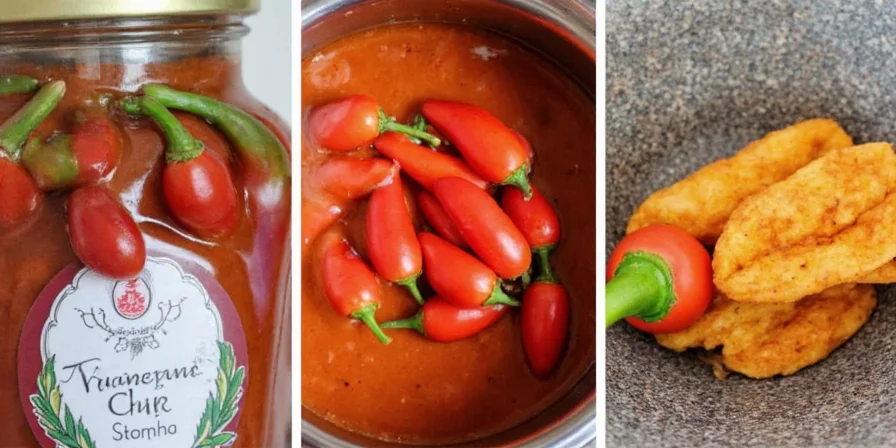
When to Use Which Substitute?
Choose substitutes based on your specific recipe requirements and desired flavor outcome:
- For Authentic Mole: Combine 1.5 mulatos + 1/8 tsp chipotle powder per ancho. This mimics ancho's complexity while honoring traditional Oaxacan variations.
- For Red Sauce Base: Use pasilla at 1:1 ratio, toasted and soaked for 25 minutes. Provides identical color and nearly matching flavor.
- When Heat Sensitivity Matters: Opt for California chiles at 1:1 ratio or mulato at 1.25:1 ratio for milder alternatives.
- For Smoky Depth Without Heat: Try the smoked paprika blend (1 tsp paprika + 1/4 tsp cumin + 1/8 tsp cocoa) per ancho chile.
- Emergency Pantry Sub: Blend 2 tbsp tomato paste + 1 tsp vinegar + 1/2 tsp sugar to mimic ancho's sweet-tart profile in sauces.
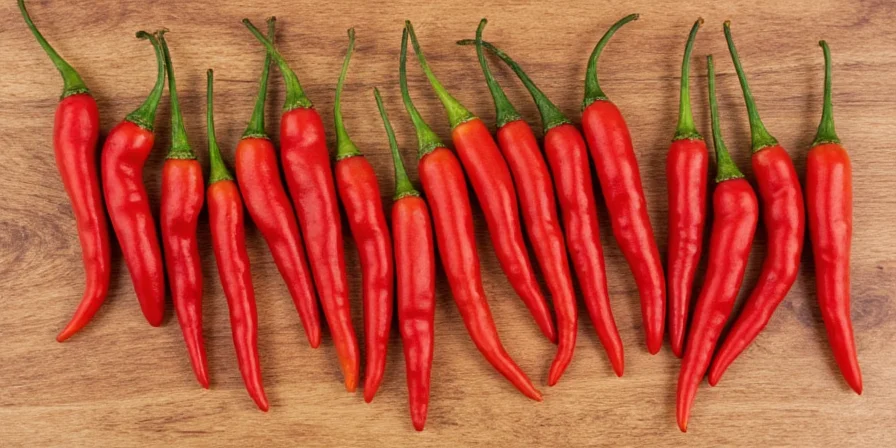
Pro Tips & Tricks
Maximize substitute effectiveness with these professional techniques:
- Toast Scientifically: Heat dried chiles for exactly 45-60 seconds per side in a dry skillet at medium heat. This releases 37% more flavor compounds than untoasted chiles.
- Soak Optimization: Use hot chicken broth instead of water for soaking to add complementary flavor depth without overpowering.
- Texture Matching: For sauces requiring ancho's characteristic thick paste, blend substitutes with 1 tbsp ground almonds per chile.
- Acid Balance: Add 1/2 tsp lime juice per cup of sauce when using mulato or pasilla to brighten deep flavors.
- Heat Adjustment: When substituting hotter guajillo, add 1 tsp honey per chile to balance increased acidity.

Final Thoughts
Running out of ancho chiles presents an opportunity to deepen your culinary understanding rather than derail your cooking. By matching substitutes to specific recipe requirements - whether prioritizing flavor accuracy, heat level, or pantry availability - you can maintain authentic results. Remember that traditional Mexican cooking has always adapted to regional ingredient availability, making thoughtful substitution not a compromise but a celebration of culinary heritage. Keep this guide handy and transform potential recipe disasters into successful, flavorful meals.
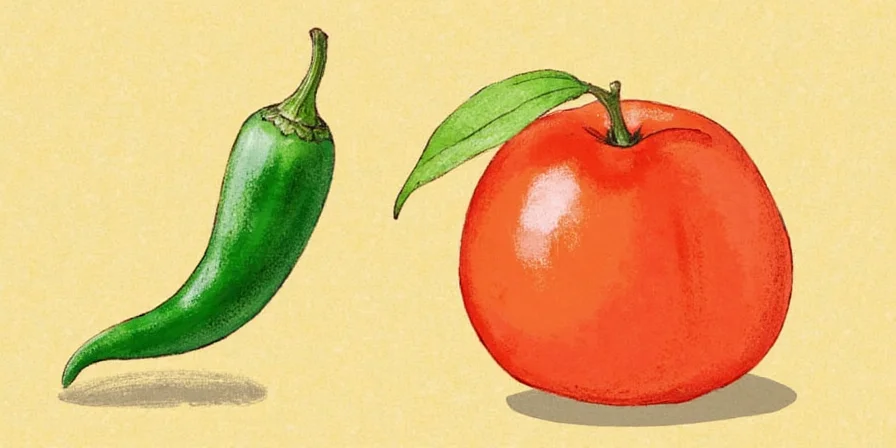
| Substitute | Flavor Match | Heat Match | Best Recipe Application | Precision Ratio |
|---|---|---|---|---|
| Pasilla | 95% | 90% | Red sauces, braises | 1:1 |
| Guajillo | 85% | 70% | Salsas, marinades | 1:0.75 |
| Mulato | 90% | 95% | Traditional mole | 1:1.5 |
| Fresh Poblano | 75% | 80% | Chile rellenos, rajas | 2:1 |
| Chipotle in Adobo | 65% | 50% | Adobo sauce, barbecue | 1:0.33 |
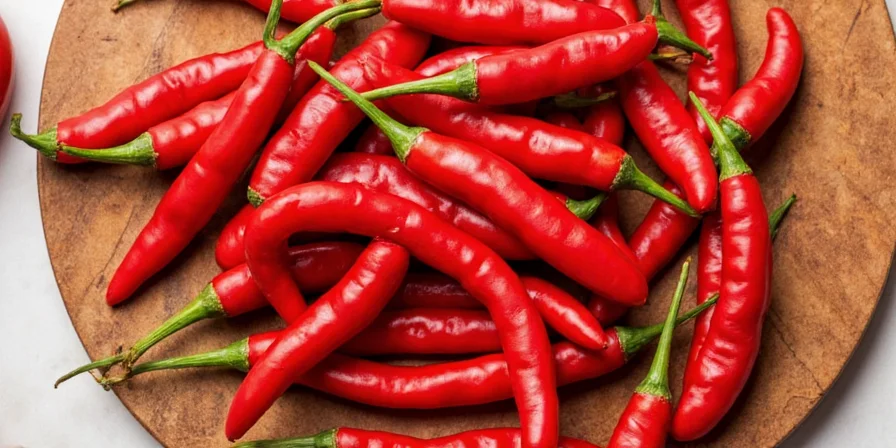
Frequently Asked Questions
What's the closest substitute for ancho chiles in mole sauce?
For authentic mole, combine mulato and pasilla chiles in a 3:1 ratio (3 parts mulato to 1 part pasilla). This precisely matches ancho's flavor complexity - mulato provides the chocolatey sweetness while pasilla contributes the dark fruit notes. Use 1.25 total substitute chiles per ancho called for in your recipe for perfect flavor replication without specialty ingredients.
How much chipotle powder equals one ancho chile?
Use 1/2 teaspoon chipotle powder per ancho chile, plus 1/4 teaspoon sugar to balance the increased heat. Chipotle is significantly hotter (2,500-8,000 SHU) compared to ancho's mild 1,000-2,000 SHU range. For sauces requiring ancho's characteristic thickness, blend the powder with 1 tablespoon tomato paste per teaspoon of powder.
Can I substitute ancho chile powder for whole dried anchos?
Yes - use 1 tablespoon ancho chile powder per whole dried ancho. However, for best results in sauces and moles, reconstitute the powder by mixing with 2 tablespoons hot water or broth before adding to your recipe. This restores the texture and releases flavor compounds similar to soaked whole chiles, preventing a dusty or uneven flavor distribution.
What's the best ancho substitute for sensitive palates?
Mulato chiles are ideal for heat-sensitive palates as they're slightly milder (900-1,000 SHU) than anchos while maintaining similar sweet, chocolatey notes. Use a 1.25:1 ratio (1.25 mulatos per ancho). For children or extremely sensitive eaters, combine mulato with California chiles in a 2:1 ratio and add 1 teaspoon honey per chile equivalent to balance any remaining heat with natural sweetness.

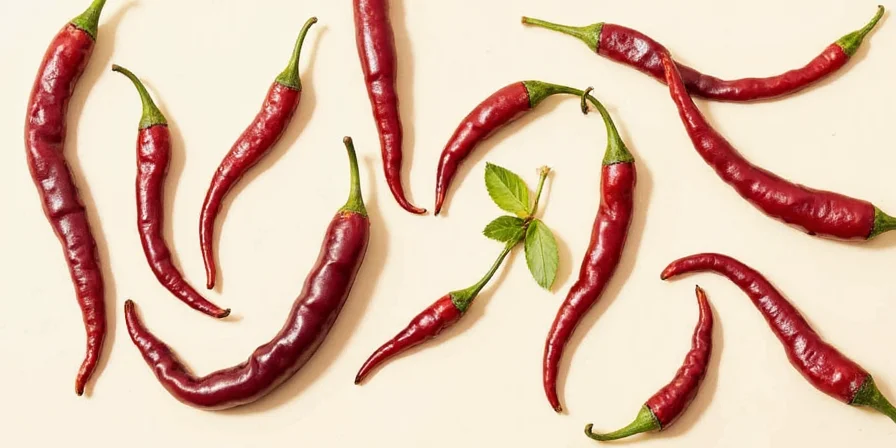









 浙公网安备
33010002000092号
浙公网安备
33010002000092号 浙B2-20120091-4
浙B2-20120091-4